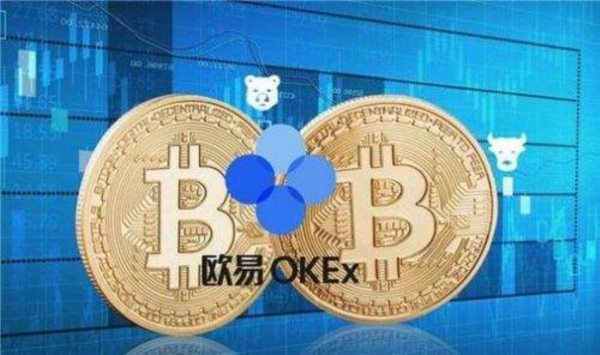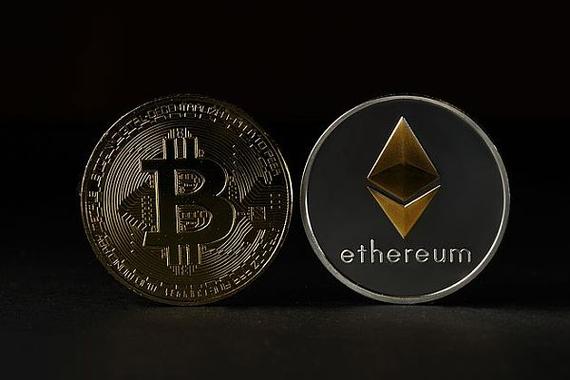摘要:Thegradualroll-outoftheDencunupgradecontinuedwithintheEthereumecosystem,thistimewithnohiccupsastheEIP-ladenupgradeactivatedontheSepoliatestnet...
The gradual roll-out of the Dencun upgrade continued within the Ethereum ecosystem, this time with no hiccups as the EIP-laden upgrade activated on the Sepolia testnet.
As previously reported, the Dencun network upgrade was activated on the Goerli testnet on Jan. 17, introducing several Ethereum Improvement Proposals (EIPs). This includes EIP-4844, which enables proto-danksharding, a highly anticipated improvement touted to reduce L2 transaction fees.
Related: Ethereum devs expect 10x lower rollup costs as Dencun upgrade hits testnets
Unlike the activation of Dencun on Goerli, which suffered a four-hour delay caused by a bug that prevented the testnet from finalizing the upgrade, Sepolia's upgrade was carried out without incident on Jan. 30, as highlighted by Ethereum educator Anthony Sassano:
Dencun, the next Ethereum network upgrade, has now been activated on the Sepolia testnet and went off without a hitch!
— sassal.eth/acc (@sassal0x) January 31, 2024
Next up is the final testnet upgrade, Holesky, and if all goes well, we can expect Dencun to launch on mainnet sometime in March.
EIP-4844 is coming.
Galaxy Digital researcher Christine Kim suggested in an X post that the odds of the mainnet activation of Dencun were increasingly favorable but still dependent on the activation of the upgrade on Ethereum’s final Holesky testnet. The last testnet upgrade is scheduled for Feb. 7.
fwiw, based on how smoothly sepolia went today, id say odds of a mainnet activation for dencun in march is now 70%, up from 60%.
— Christine Kim (@christine_dkim) January 30, 2024
odds only get stronger if holesky upgrade next wednesday also goes smoothly! https://t.co/c5gV6NLrmL
Ethereum Foundation DevOps member Parithosh Jayanthi also highlighted the uneventful activation of Dencun on Sepolia in an X post.
Blobs are now flowing in Sepolia :D
— parithosh | (@parithosh_j) January 30, 2024
Uneventful testnet forks are the best ones! https://t.co/HTTVwYcytm pic.twitter.com/Al45RZz95B
The Dencun upgrade entails significant changes to Ethereum's consensus and execution layers outlined in an official announcement from the Etheruem Foundation.
Related: Ethereum’s proto-danksharding to make rollups 10x cheaper
Dencun is set to have a significant impact on the cost of layer-2 scaling protocols within the Ethereum ecosystem. Proto-danksharding, also known as EIP-4844, is aimed at reducing the cost of rollups, which typically batch transactions and data off-chain and submit computational proof to the Ethereum blockchain.
EIP-4844 will introduce data blobs that can be sent and attached to blocks. The data stored in blobs is not accessible to the Ethereum Virtual Machine and will be deleted after a certain time period, which is touted to drastically reduce transaction costs.
Magazine: Here’s how Ethereum’s ZK-rollups can become interoperable




